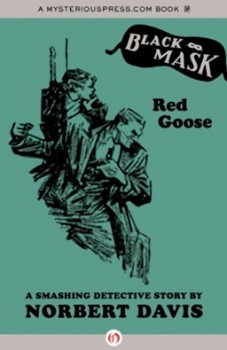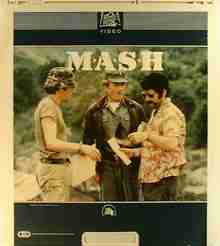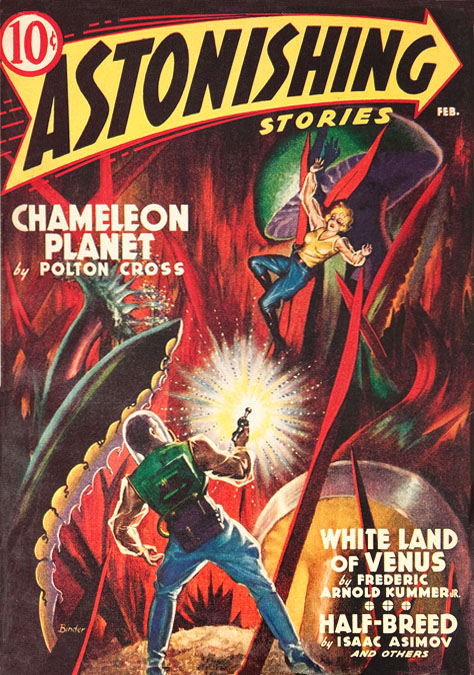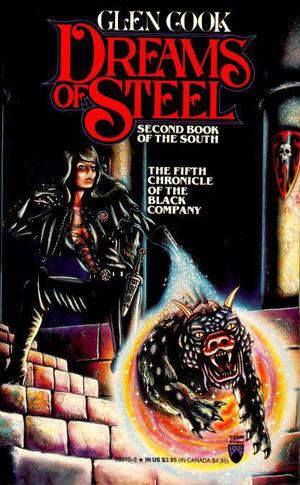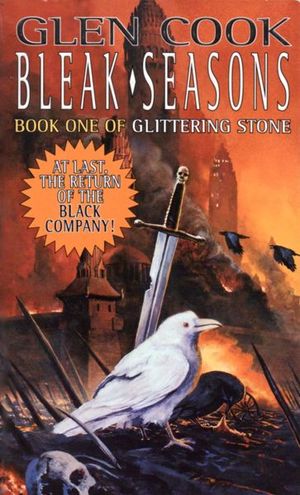 With Bleak Seasons (1996), Glen Cook broke a six year hiatus from the series that had made his reputation as an important voice in epic fantasy. The previous book, Dreams of Steel (1990), had ended in chaos, with Lady and Croaker reunited, but their newborn daughter stolen by murderous Deceiver, Narayan Singh. The siege of Dejagore was finally lifted, but Soulcatcher remained at large and the Shadowmaster Longshadow continued to build his mega-fortress, Overlook, and field powerful armies. During that six very long years, I became increasingly doubtful I’d ever learn what happened next, or just what made the siege of Dejagore so horrible.
With Bleak Seasons (1996), Glen Cook broke a six year hiatus from the series that had made his reputation as an important voice in epic fantasy. The previous book, Dreams of Steel (1990), had ended in chaos, with Lady and Croaker reunited, but their newborn daughter stolen by murderous Deceiver, Narayan Singh. The siege of Dejagore was finally lifted, but Soulcatcher remained at large and the Shadowmaster Longshadow continued to build his mega-fortress, Overlook, and field powerful armies. During that six very long years, I became increasingly doubtful I’d ever learn what happened next, or just what made the siege of Dejagore so horrible.
And then Bleak Seasons appeared — just showed up on a Barnes and Noble shelf one day. I bought and devoured it almost immediately. I couldn’t really say my questions had been answered since it had been so long since the last book I forgot some of them. On top of that, the book was a mess; its narrator literally jumping around in time with no clear rhyme or reason. That it was packed with tons of great stuff made it a frustrating read. All the good bits were enough to tilt it to the good side, and I trusted Cook enough to hope the next book would be a return to form.
My reread of the book over the last two days didn’t change my opinion one bit. Well, except that reading Bleak Seasons right up against Dreams of Steel does make all the cool stuff cooler. The jumping around in time, that remains frustrating and poorly explained and with little obvious justification.
Bleak Seasons opens with a short chapter that clearly tells us four years have passed and terrible things have happened. Based on the timelines in the previous book there would seem to be no way this could make sense unless something drastic had happened.
The second chapter introduces us to the book’s narrator, Murgen. The youngest member of the six Company survivors from the original trilogy, he was standard-bearer and, before the disaster under the walls of Dejagore, Annalist-in-training. He opens with a tour of the city of Dejagore during the siege and an introduction of the factions defending it against the army of the Shadowmaster Shadowspinner.
The Black Company and its Taglian auxiliaries have split into two camps. The first is composed of the Northerners and most of the men recruited on the road to Taglios, and is led by Murgen — because no one else wants to be in charge. The second, and stronger, is led by Mogaba and his fellow Gea-Xle warriors. Mogaba is not happy with the situation and soon it’s clear he has it in for Murgen and friends.
Mogaba, possessed of a will of steel and a willingness to do every single bloody act necessary, is the overall commander of the defense of Dejagore. As supplies dwindle, Mogaba routinely ejects members of the Jaicuri population to almost certain death. Later, it’s learned he has returned his fellow Gea-Xle to the darkest part of the Black Company’s origins as soldiers of Kina, the goddess of destruction.
The Nyueng Bao are a third party; a group of pilgrims from the distant Main River delta in the east who had the misfortune to be caught in Dejagore when the siege started. They are secretive, insular, and, it becomes clear quickly, dangerous. Finally, the native Jaicuri, peaceful by nature and beaten down by years of Shadowmaster rule, just try to stay on the good side of Mogaba’s and Murgen’s soldiers and hope for the best.
…
Read More Read More

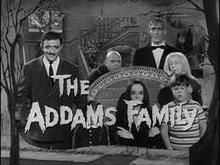 In my last couple of posts I’ve looked at
In my last couple of posts I’ve looked at 

